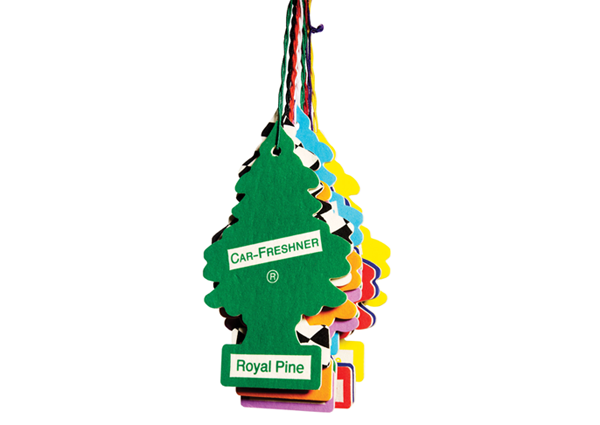
Living in Charleston, SC comes with many advantages. We have a thriving food culture combining a mixture of seafood, African, French, English, and European influences in both casual and fine dining restaurants. We live in a vacation city with many historical and natural attractions that draw over 7 million visitors during an average year. With the College of Charleston founded in 1670 and The Citadel founded in 1842, Charleston offers two of the oldest educational facilities in the country. Charleston offers beautiful sunsets, stunning harbor views, and many beautiful examples of architecture from many periods of American history. When I moved to this city eight years ago, I never considered the healthcare infrastructure with the cornerstones of the Medical University of South Carolina (MUSC) and Roper St. Francis.
I moved to Charleston for a job in 2013. At the time, I lived in New York City
and was looking for an opportunity to leave the city. While I was interviewing
in Charleston, I also entertained a job offer in Watertown, New York. Watertown
is a small city on the banks of Lake Ontario about 320 miles north of New York
City. Had I chose to go north instead of south, my life would have been
inevitably different. Aside from the food and beauty of Charleston, I had the
healthcare infrastructure of a city to assist my family during the worst of
COVID-19.
While both Charleston County (Charleston) and Jefferson County
(Watertown) were similar in the percentage of infection rates, the percentage of
deaths was significantly different. The COVID 19 mortality rate in Charleston
County was approximately .12% of the population. In Jefferson County, the death
rate was over double, at .26%.*
The CDC reports that since 2005, 170 rural
hospitals have closed, and 700 more are at risk of closure.** Samaritan
Medical Center, the primary hospital system in Watertown, temporarily closed
some of its health centers and reduced its staff by 96 positions (51 layoffs and
45 open positions eliminated). Additionally, the hospital still had 200 open
"critical positions" that they were looking to fill. ***
Unfortunately, this is the trend in rural America. Because of the failing
resources at many rural hospitals, these facilities have fewer beds,
ventilators, and medical professionals to treat severe COVID 19
symptoms.
Independent of healthcare, poverty itself is a risk factor for
COVID-19 related deaths. In many of our rural counties, as many as 25% of the
residents live below the poverty line. These same counties reported the death
rate from COVID 19 as 2.5 times higher than counties with a higher median
income.
Of the Top 20 Counties for COVID 19 Death Rates, only one had a
population higher than 30,000. And these 20 US counties averaged 440 deaths per
100,000 residents, whereas the United States averaged 76 death per 100,000
residents. ****
To put this in perspective, as of April 28, 2021, the Johns Hopkins Resource
Center for Coronavirus places US deaths at 573,385. If we were to average 440
deaths per resident (as the Top 20 rural counties averaged), we would be looking
at 1,444,080 deaths.
The plight of our rural healthcare system is not one
we, as a nation, can continue to ignore. There are only 1805 rural community
hospitals left in the United States *****. On average, since 2010, ten rural hospitals close
each year. Because many of these rural areas border each other, the strain of
one hospital closing increases the burden on neighboring hospitals, creating a
domino-effect.
While telehealth and large corporations (Walmart) are
stepping in to provide primary and urgent care, the need for emergency and
short-term care facilities is not decreasing. We, as a nation, are spiraling
down a path where the heartland of our country may soon live more than 30
minutes away from an emergency facility.
While I wish I had the magical
solution to stopping this desperate trend, I don't. All I can do is try to get
people to do their research and recognize this problem.
Sidenote - If you were wondering about the air fresheners in the image, Watertown, NY is the home of Little Trees Air Fresheners.
- * Sorry, this link from the NY Times is no longer available on their webiste - https://www.nytimes.com/interactive/2021/us/
- ** "COVID-19 And Your Health". Centers For Disease Control And Prevention, 2020, https://www.cdc.gov/coronavirus/2019-ncov/need-extra-precautions/other-at-risk-populations/rural-communities.html.
- *** Keir Chapman, 7 News Staff. "Faced With $10M Shortfall, Samaritan Lays Off 51 Workers, Makes Other Cost-Cutting Changes". Https://Www.Wwnytv.Com, 2021, https://www.wwnytv.com/2020/09/10/faced-with-m-shortfall-samaritan-lays-off-workers-makes-other-cost-cutting-changes/.
- **** "COVID-19 Map - Johns Hopkins Coronavirus Resource Center". Johns Hopkins Coronavirus Resource Center, 2021, https://coronavirus.jhu.edu/map.html.
- ***** "Fast Facts On U.S. Hospitals, 2021 | AHA". American Hospital Association, 2021, https://www.aha.org/statistics/fast-facts-us-hospitals.









 ©
- CMS Imaging, Inc. All Rights
Reserved
©
- CMS Imaging, Inc. All Rights
Reserved

Comments
Francene L.
North Charleston, SC
I really enjoy reading your articles. :)
Thursday, April 29, 2021Brian H.
Manhattan Beach, CA
Loved the entire message- which is actually a story- that people remember. And love trivia of how/where/why things started. I now know where, not the other two points!
Thursday, April 30, 2021Leave a Comment